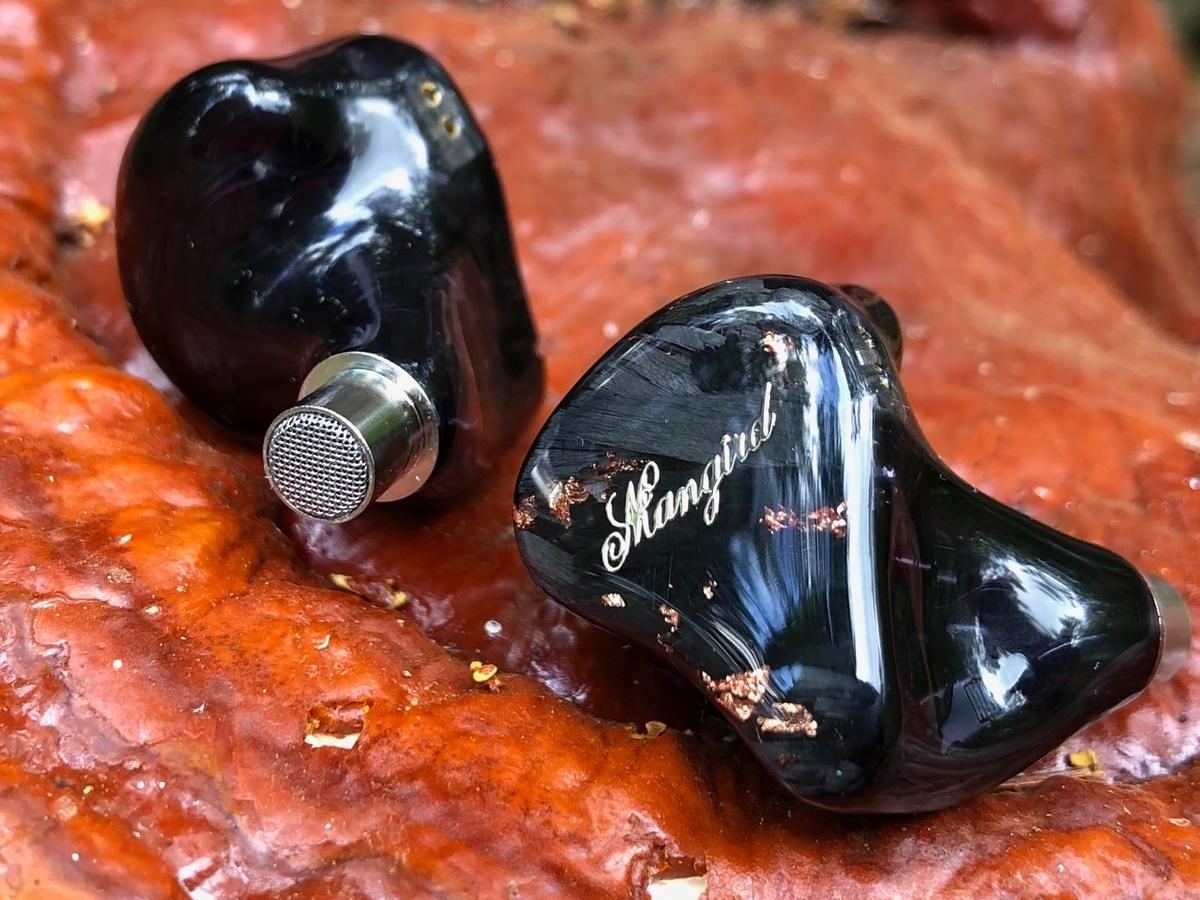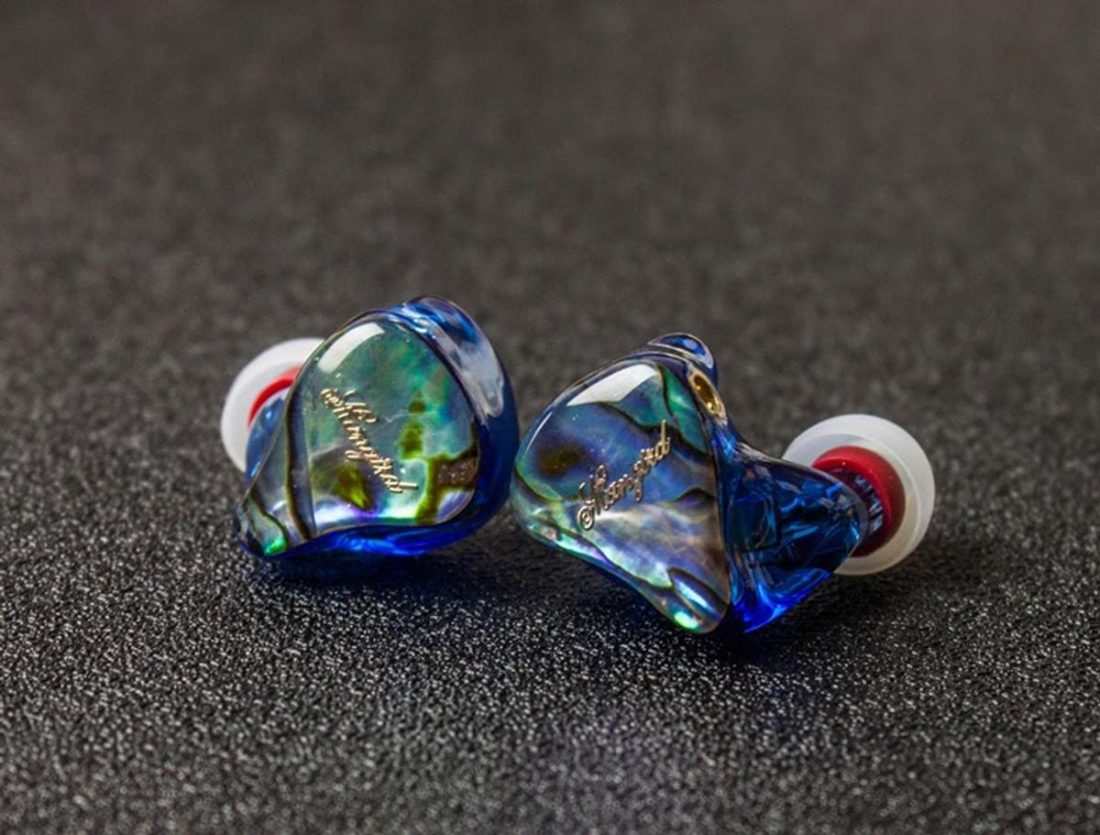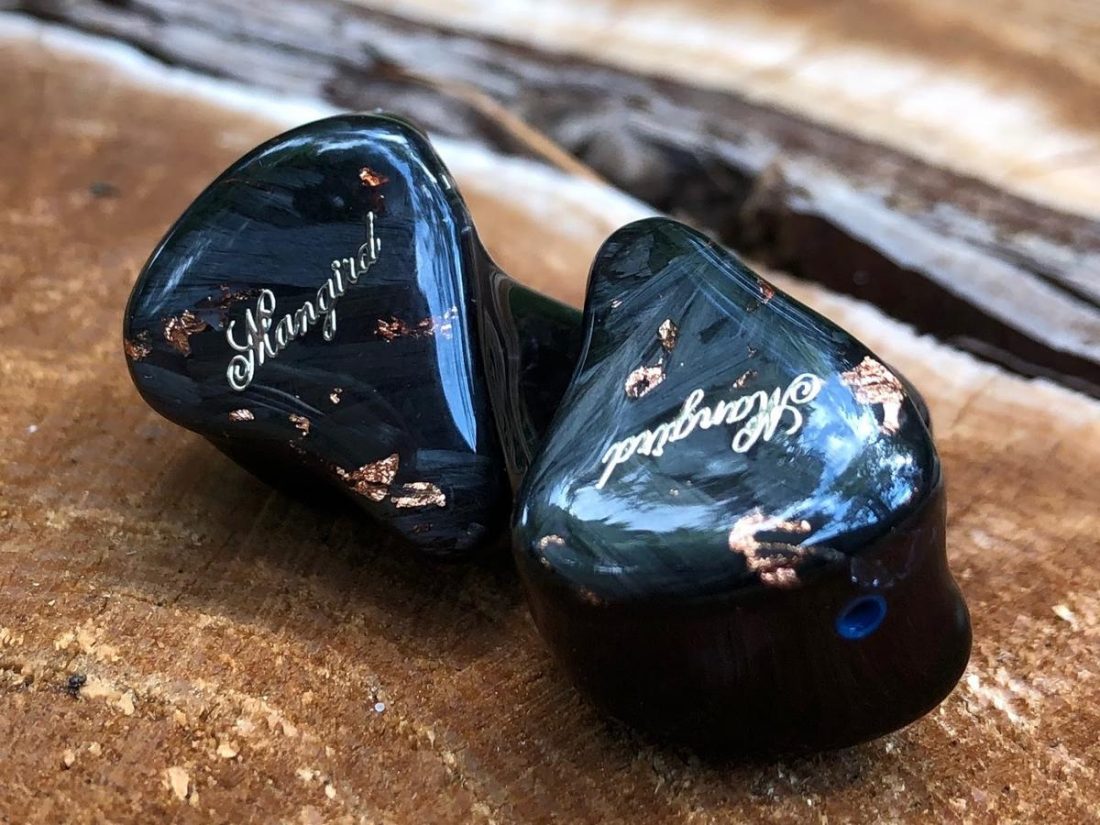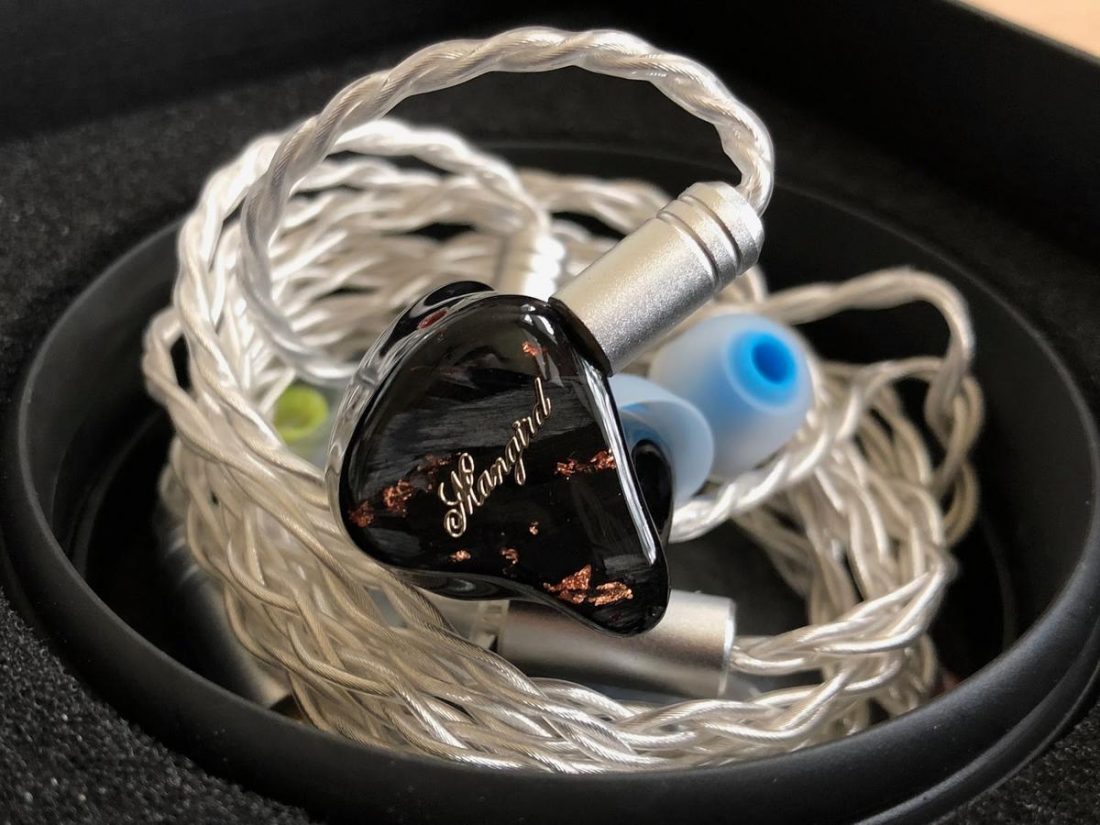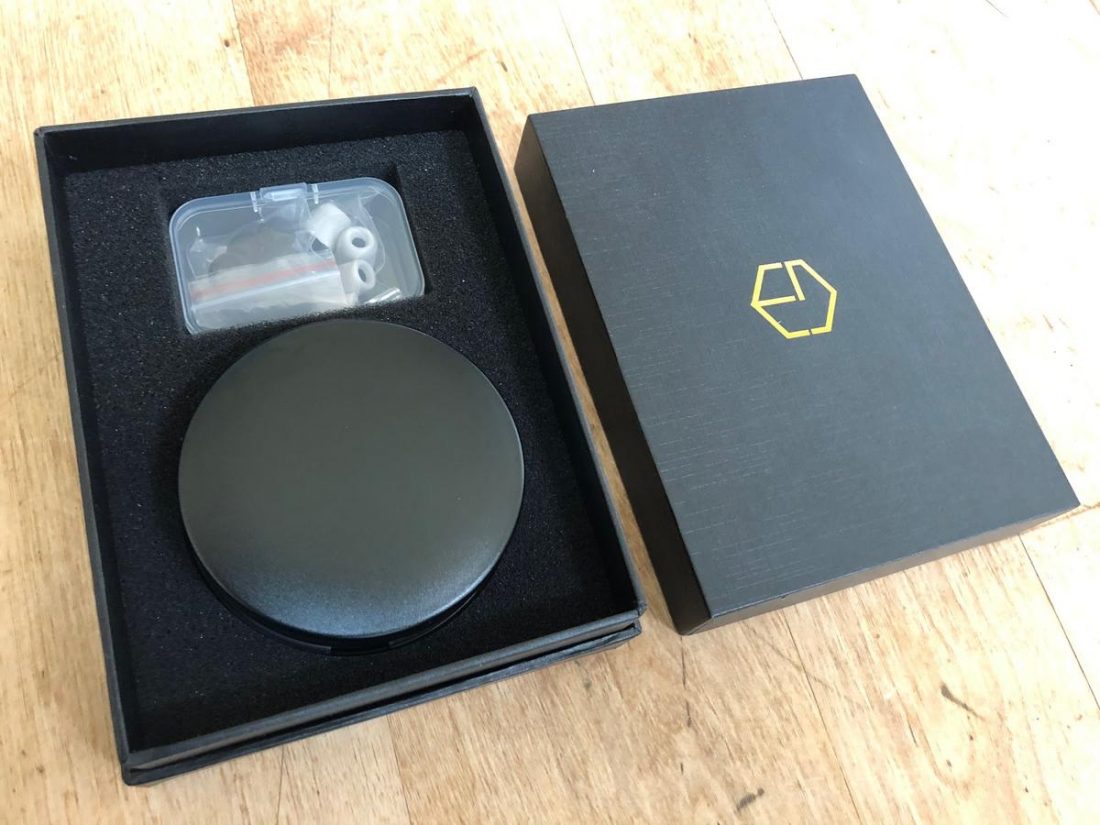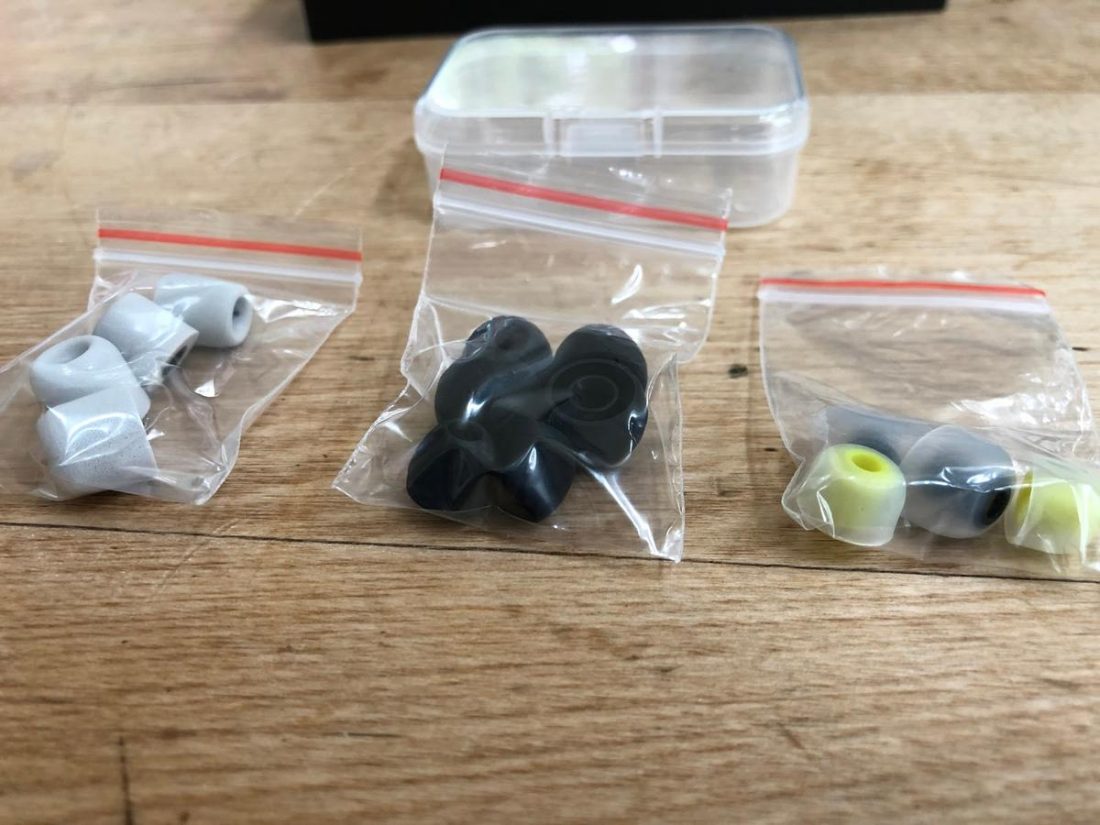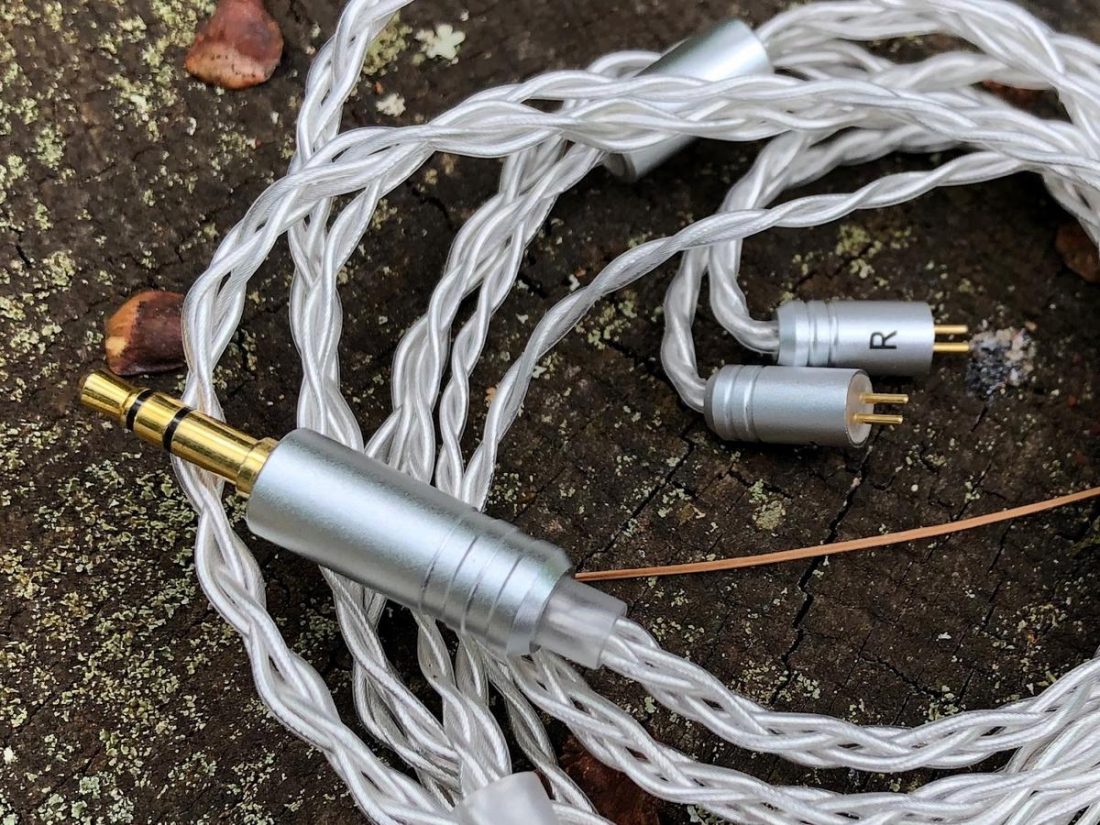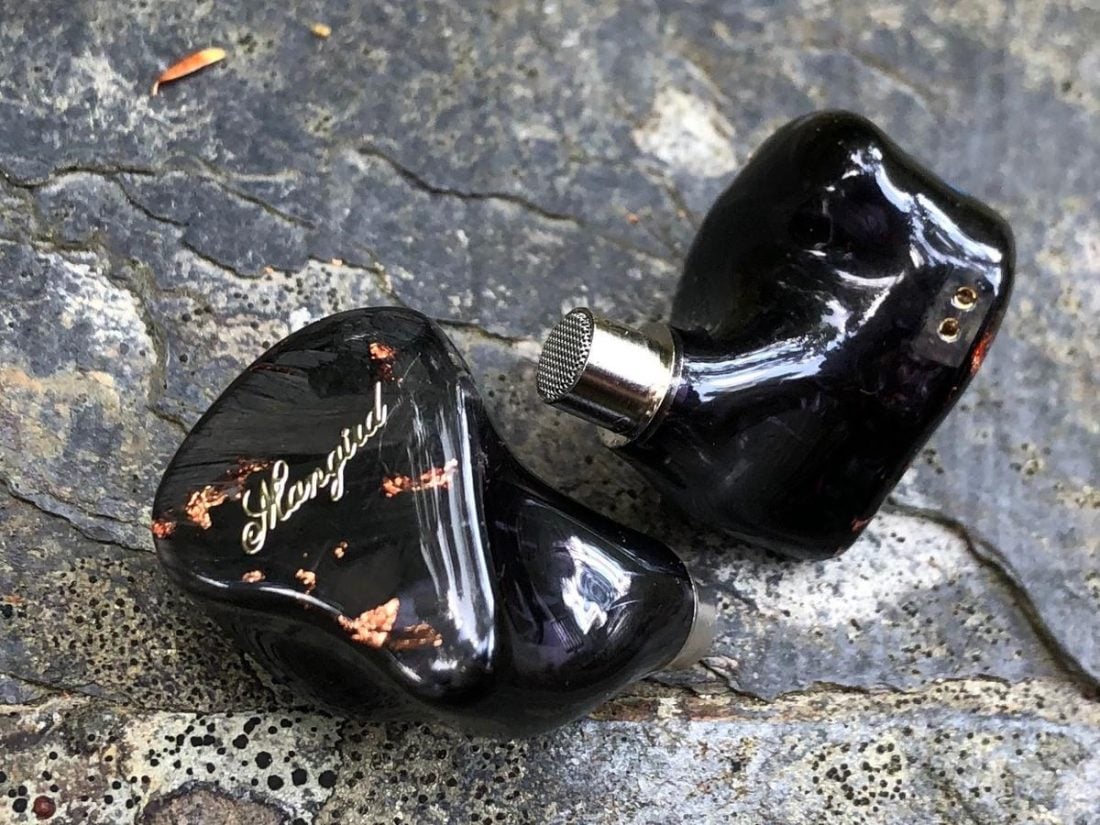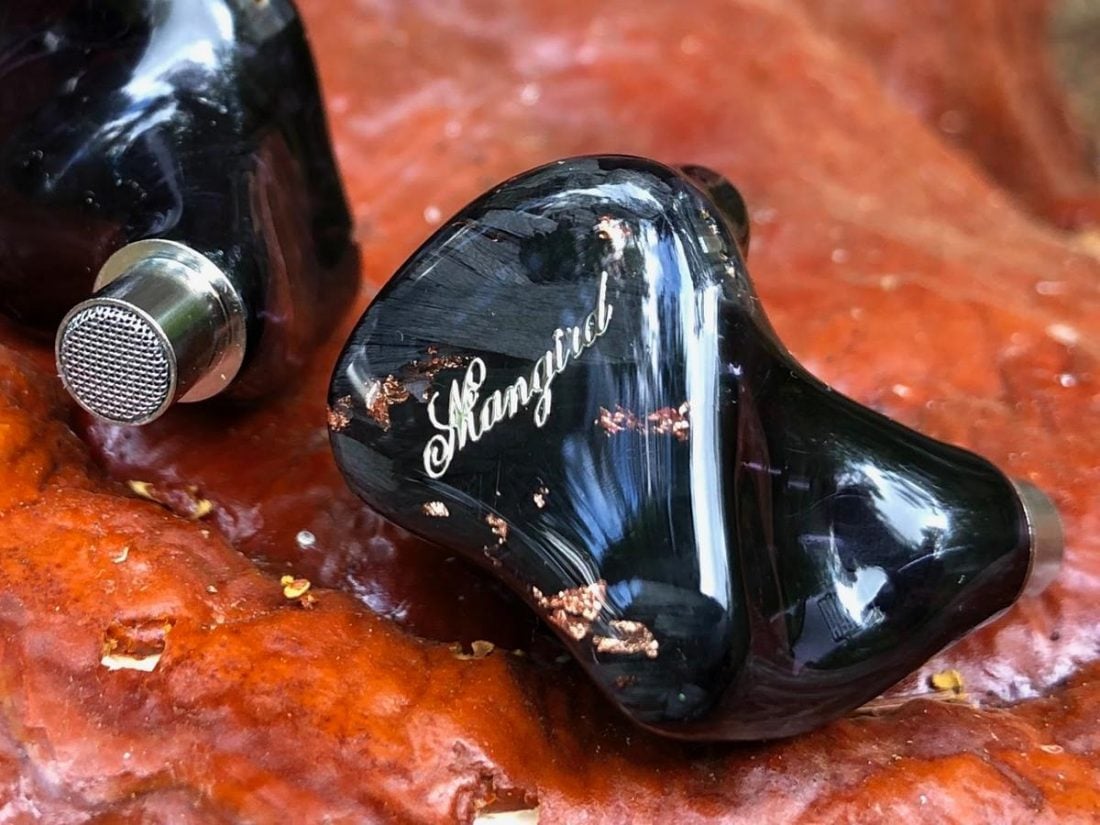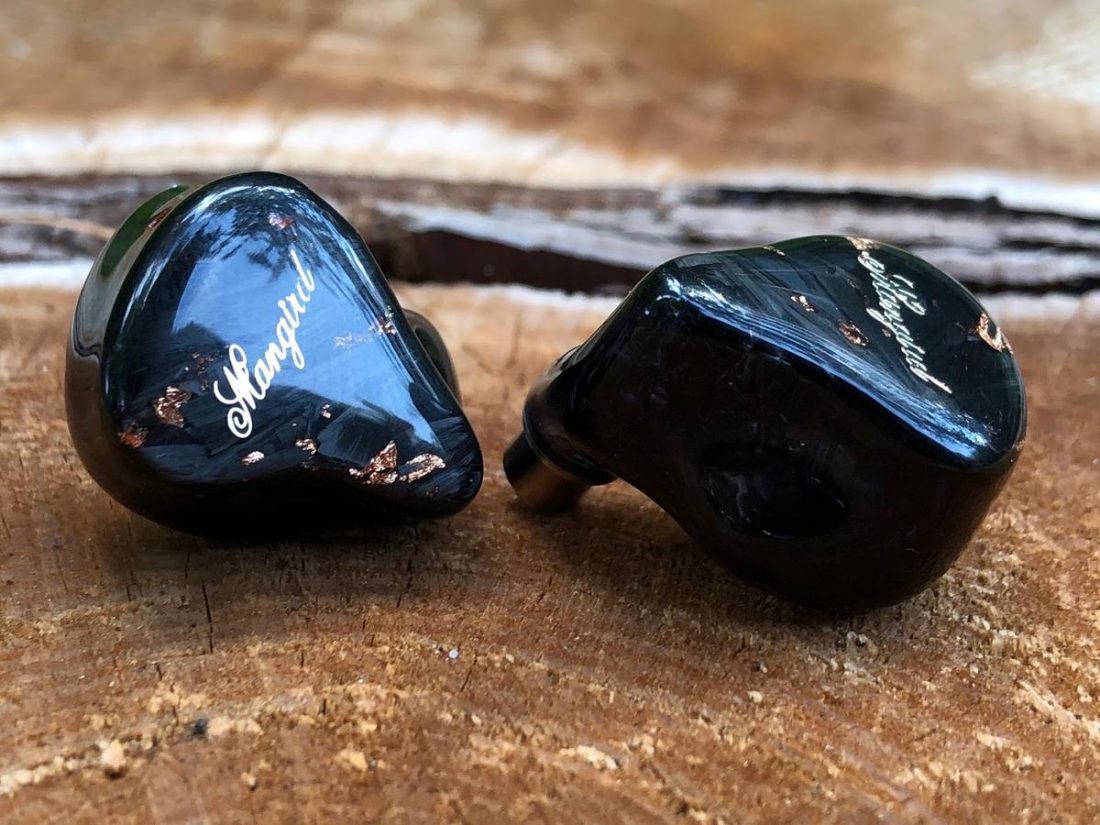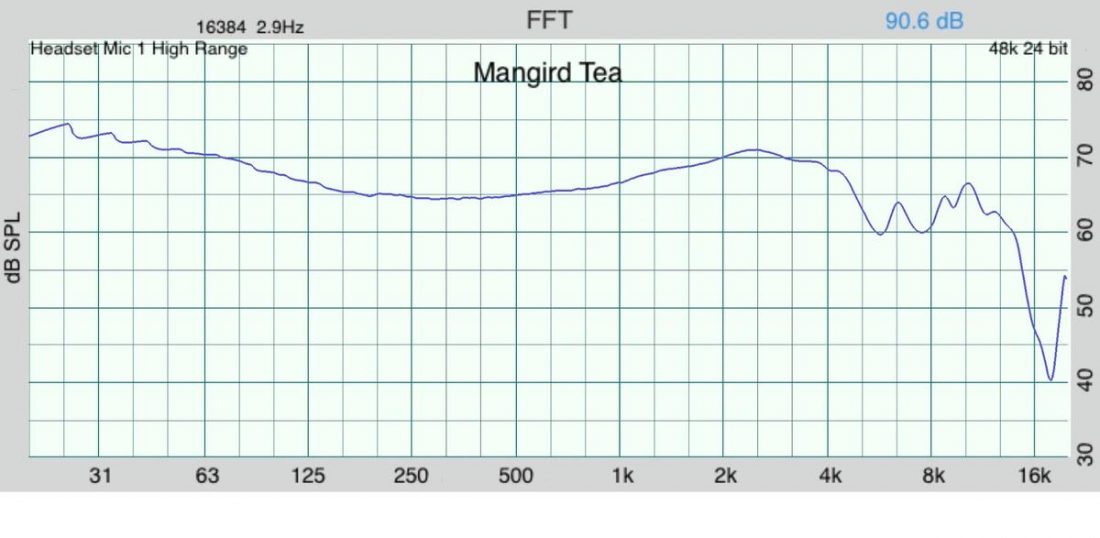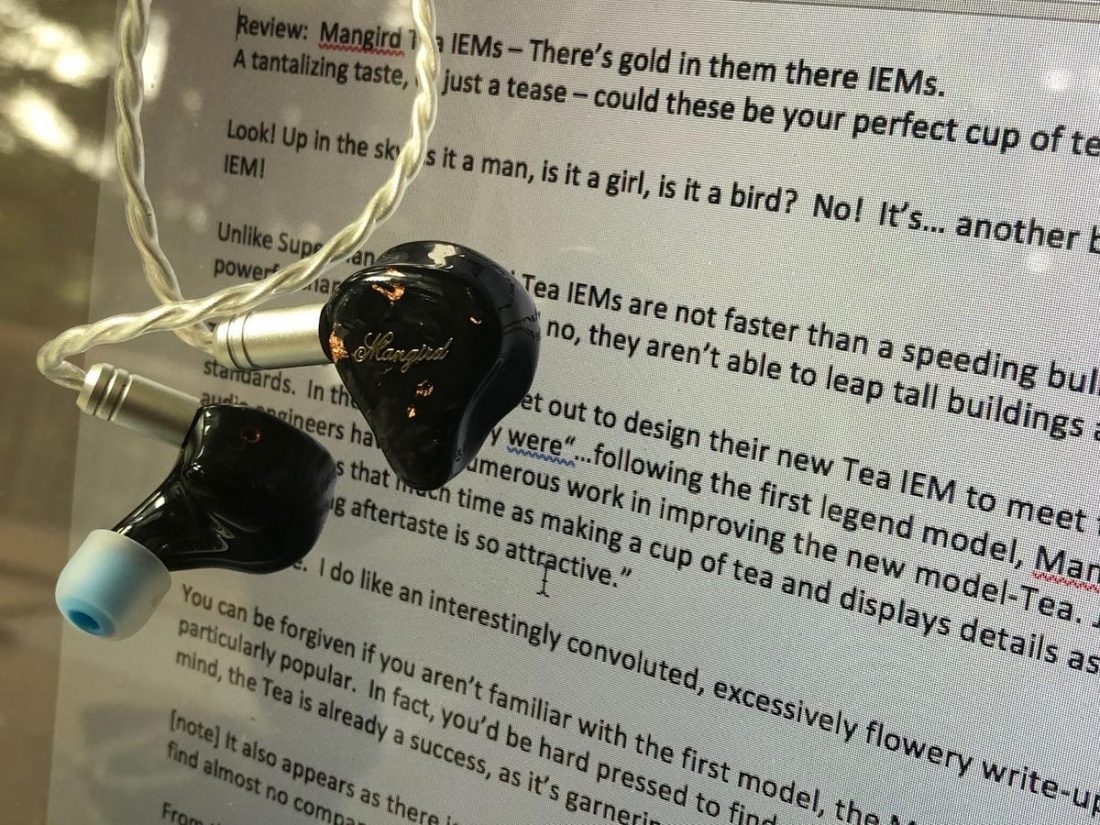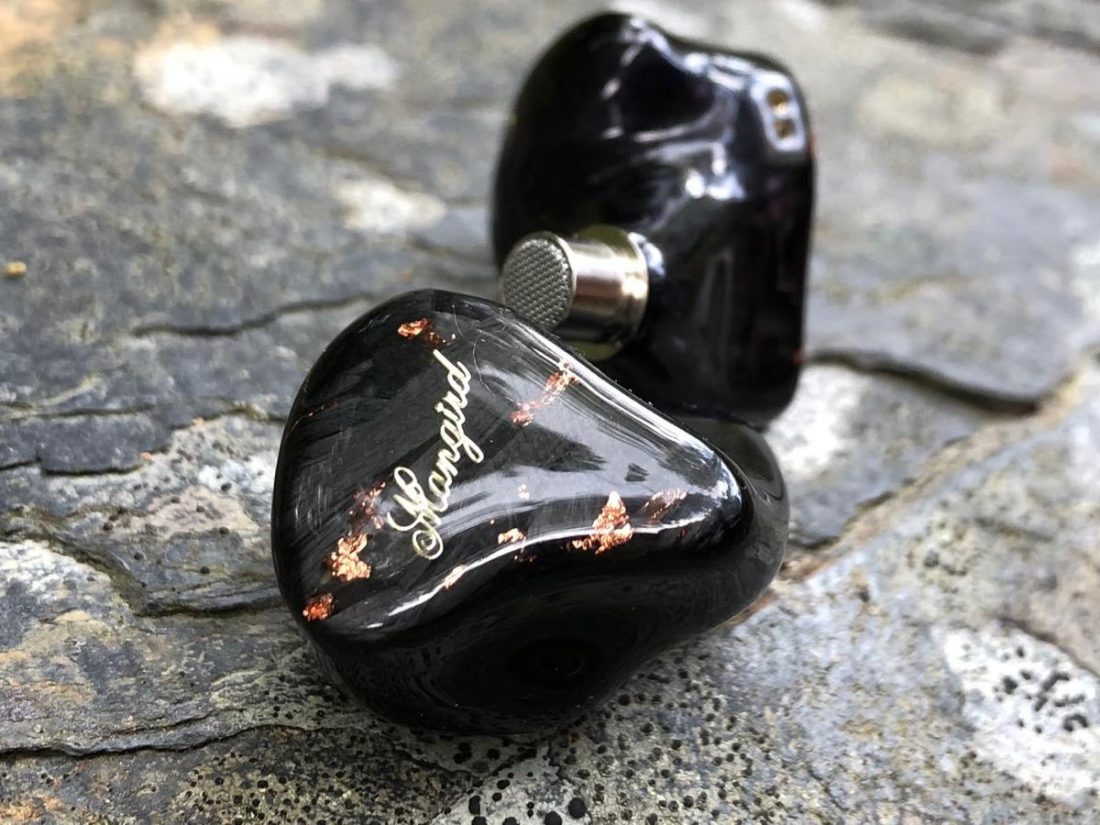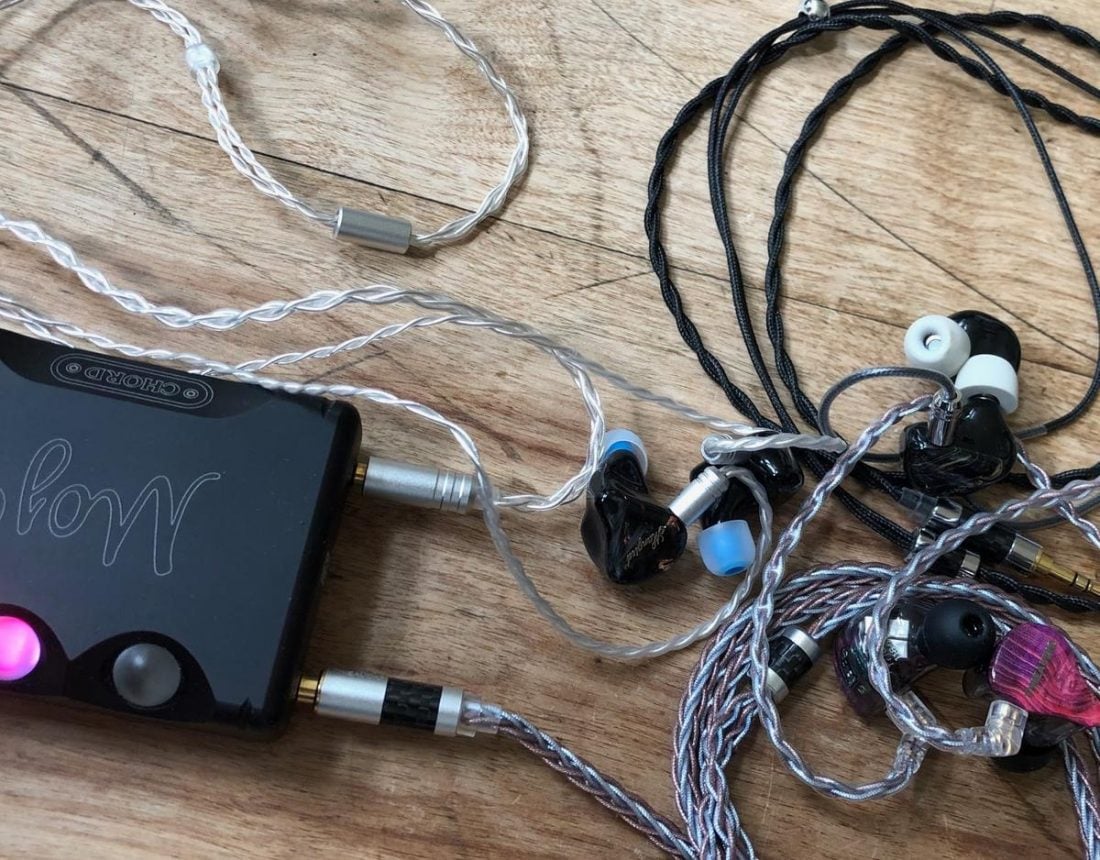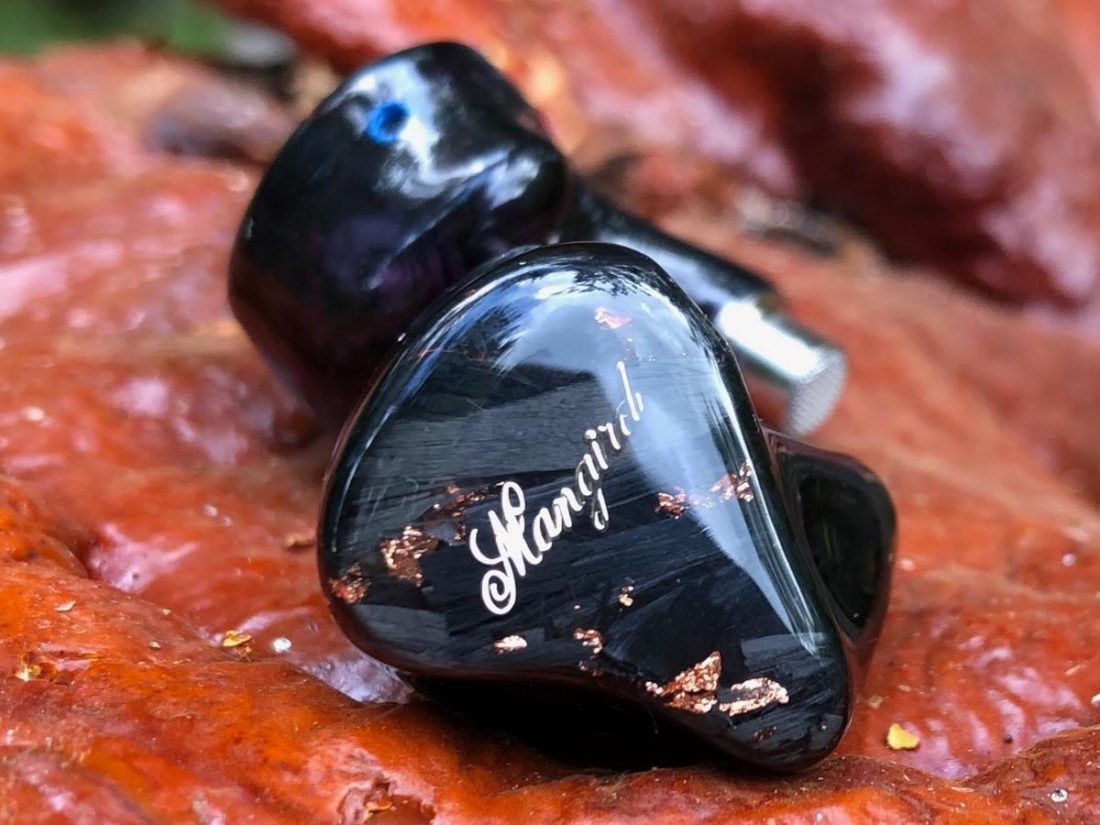Look! Up in the sky! Is it a man, is it a girl, is it a bird? No! It’s… another baffling named pair of Chi-Fi In-Ear Monitors (IEMs)! Unlike Superman, the Mangird Tea IEMs are not faster than a speeding bullet, or more powerful than a locomotive. And no, they aren’t able to leap tall buildings at a single bound. To be fair, it’s unlikely Mangird set out to design their new Tea IEM to meet the above standards. In their words, they set out to follow “…the first legend model, Mangird Ten… Just like the name, this model takes that much time as making a cup of tea and displays details as you are tasting the tea, lingering aftertaste is so attractive.” Ok, I’m game. I do enjoy an interestingly convoluted, excessively flowery, poorly translated write-up. You can be forgiven if you aren’t familiar with the first model, the Mangird Ten. It isn’t particularly well-known. You’d be hard-pressed to find a review or owner. So, with that in mind, the Tea is already a success as it’s garnering much more attention than the Ten. From the rather limited information that I’ve been able to discover, the Ten is a hybrid 5-driver (4 Balanced Armatures + 1 Dynamic Driver) configuration per side. It employs a combination of Knowles 30095 and ED-29869 BA drivers. The Tea ups the ante with a 6 + 1 hybrid combination of 2 Knowles RAD-33518 BA, 4 Sonion 2600 BA, and 1 DD per IEM. I will say off the bat, that these are a beautiful looking pair of IEMs. The gold leaf embedded in the dark resin faceplates is really lovely. Although, it really would have been more appropriate to try embedding tea leaves, wouldn’t it? At USD$300, the Tea is not an impulse buy for most of us. To compete with the plethora of Chi-Fi IEM choices on the market, it’s got to offer something special. How does a virtual unknown contend with the bigger, more popular brands? So today we will explore the Tea, notably designed to leave an attractive lingering aftertaste, and intended to improve the sound of a pair of previous-generation IEMs that few people have heard. Did Mangird accomplish these rather nebulous goals? Onwards brave readers to find out!
Mangird Tea Technical Specifications
Enclosure: German Egger Resin Drivers: Hybrid Driver, 6BA+1DD Driver Configurations: 2 Knowles RAD-33518 (treble) + 4 Sonion 2600 (midrange) + 1 German Bio-titanium dynamic driver (bass) / side Impedance: 18Ohm Sensitivity: 112+-2 dB/mW Frequency Response Range: 20-20KHz Cable: 4-conductors Cable Connectors: 3.5mm + 2-pin Cable Length: 125cm
Mangird Tea Packaging
The Mangird Tea IEMs arrived in an attractive, black cardboard box. The logo is gold embossed on the lift-off lid. Inside, nestled in black foam, is the case (with IEMs inside) and a clear plastic box containing bags of extra ear tips. While certainly not extravagant, the plain and straight-forward packaging is attractive and reasonably premium in appearance. It’s absolutely fine.
In the Box
Mangird Tea earphones Round black metal storage case 2 pairs of grey foam ear tips 3 pairs of black silicone ear tips (S/M/L) 3 pairs of clear silicone ear tips (S/M/L) (Yellow, Blue, Black)
The storage case is the same one that is included with the Thieaudio Voyager 3 and Legacy 3, although it is unbranded, unlike the Thieaudio version. It’s a metal hockey-puck shape, and the top snaps on and off fairly securely. Minimal padding inside should keep the IEMs reasonably safe for travel or storage. The generous assortment of ear tips ought to contain something that fits almost anyone. The default installed set of medium-sized, blue/clear, silicone tips fit my ears spot-on. After trying the rest, I went back to this set and stuck with them for my listening impressions and measurements.
Cable
The description on the Linsoul website states that the Tea comes with a detachable, 8-core MMCX OCC (Ohno Continuous Cast) copper cable, but shows a 2-pin cable with angled rubber connectors in the pictures. The cable I received is a 4-core, 2-pin cable and all the connectors are silver metal and straight. (Reports are that the connector was changed from MMCX due to customer complaints.) The cable is silver in color, but it is unknown if it is silver plated OCC copper. So, your guess is as good as mine as to what you’ll receive or what the cable is. The good news is that the cable works perfectly well, has a small chin slider, and feels of reasonably decent quality. On the other hand, the cable is stiff, will coil nicely, and holds bends. I now compare all IEM cables to the excellent included cable that comes with the Thieaudio Voyager 3 IEMs. Unfortunately, the feel in your hand, build quality, and attractiveness of the Voyager 3 cable puts the Tea’s cable to shame. It’s not even close. Unfortunately due to the recessed 2-pin socket, the Voyager 3 cable is not compatible with the Mangird Tea. Can’t the industry just settle on a standard? At least MMCX connectors are universally compatible, unlike the multitude of 2-pin variations.
Mangird Tea Design
The body of the Tea is made of an almost opaque, very dark amber resin. The faceplates contain shards of a light-catching black feather-like material interspersed with gold foil flakes. The Mangird name is printed in script over top. The script is gold in color, but much brighter than the almost coppery hue of the gold flakes. The impression that all this imparts is upscale and extremely classy. The Tea is indeed personal audio jewelry, and its dark color scheme is likely to appeal to a masculine market. They feel sublimely smooth, sturdy, and polished. Mangird claims the high-quality resin material is imported from Germany. Egger resin is typically a mixture of acrylic and methacrylic resin combined with silicium (silicon) dioxide and is hardened with exposure to UV light. It’s often used to make hearing aids, hearing protectors, and IEM shells. Resin is becoming extremely popular due to its low weight yet rigid properties and due to the relative ease of shaping without requiring injection molding. The Tea shape is fairly bulky but in that weirdly organic, ergonomic way. The nozzles and internal mesh are made of silver metal. There is no ring or lip on the nozzles but the tips seem to fit fairly securely and didn’t come off in my ears, which is often a complaint of mine with IEMs featuring all resin nozzles. I weighed a single Tea IEM as only 4 grams, so they feel light to wear, despite their solid looks and feel. The 2-pin sockets are flush to the body, and there is a small, red, or blue-ringed vent on the top-most point. The vent is covered with a fine mesh and recessed into the body.
Mangird Tea Comfort
Straight up, these could be custom IEMs designed just for me. Never have I had a pair of IEMs, right out of the box, fit so perfectly into my ears. The pre-mounted blue silicone tips also slide into my ears flawlessly. Now, of course, your mileage may vary and unless my Mom didn’t tell me something, you likely weren’t born with exactly the same ear shape as mine. However, I think the Tea’s smooth finish and ergonomic shape, paired with their reasonable size, should fit the majority of listeners. The nozzles are longer than many other designs and fit deeply into the ear canal. This has the benefit of improving both stability and retention in the ear, as well as increasing isolation and external noise blockage. Nonetheless, it may take you a while to get used to the feeling of having something inserted that deeply. I found the deep insertion to improve the seal of the silicone ear tips, but unless I was careful with insertion and removal, I could sometimes get a temporary unpleasant feeling of pressure within my ear.
Mangird Tea Internals
There are MANY hybrid Chi-Fi IEMs on the market these days and at all price points. They all seem to bring their own remix of a big repository of shared parts. Some lower-end models feature only house-brand drivers. Some use well-regarded industry-standard drivers from Sonion and Knowles. It’s the specific mixture and number of drivers, as well as the crossover circuitry and chamber shape that distinguish one from another. The Mangird Tea (fittingly for their price range) uses a pair of Knowles RAD-33518 drivers for treble, four Sonion 2600 drivers for the midrange, and a German-made bio-titanium driver for bass frequencies. That’s a total of seven drivers shoe-horned into each IEM body. I like pseudo-scientific nomenclature such as “bio-titanium”. It just sounds so technical. As far as I know, the only biological component to titanium is that it is ‘biocompatible’, that is, it’s non-toxic and hypoallergenic, which means it’s safe for implanting in the human body. If so, I guess it can’t hurt to have it in the Mangird Tea IEMs. As we all know by this time, more drivers do not necessarily mean better sound, and it’s the design and implementation that makes a pair of IEMs excel in sound reproduction. They are nicely made, but does the sound quality live up to the rest of the Tea?
Mangird Tea Sound
Well, thank you for asking. It turns out that indeed, the Tea’s sound is just as refined as the construction. Smooth and composed sound is not always achievable with a multi-driver hybrid design. There’s an awful lot of moving parts to somehow balance and tune properly. Fortunately, Mangird turns out excellent results with the Tea. The Tea are outstanding all-rounders. They are versatile performers that shine with almost any musical genre you throw at (or through) them. Are the Tea adept and flexible enough to be a single solution for most folks? Classical, pop, rock, folk, jazz, or EDM? The answer is yes. The sound is balanced across all frequencies with nothing leaping out at the expense of the others. Yet, this doesn’t mean the Tea sounds particularly neutral. I often find headphones that are considered ‘neutral’ a bit flat for my tastes. This isn’t the case with the Mangird Tea. Vocals step up clearly, the bass slams deeply, and the treble has just enough of that magic sparkle in the sound. There’s a feeling of space and separation even with busy or congested audio tracks. The presentation makes you pay attention and you get lost in the music.
Bass
Balance is the name of the game with the Mangird Tea, but certainly not in an anemic, or weak way. Plenty of low-end thump, but delivered so very cleanly. The unidentified bio-titanium dynamic driver conveys all the low end I want out of the music. It’s not a cheapo subwoofer effect. Bass is delivered with texture and nuance. Poorer tuned IEMs can have a bit of a ‘one-note’ bass line. The Tea deliver a natural listening experience. The quantity and quality of the bass just feel right. They give the impression of controlled power and are delightful to listen to. If you want even more bass in your face, the Tea do respond well to equalization or bass boost. They can stay tight and fast while delivering plenty of really low notes. Impressive performance indeed.
Midrange
The bass transitions exceptionally smoothly into the midrange. The sound here is certainly not sterile, although I hesitate to say it’s very warm, as the Tea conveys a great sense of neutral realism. Voices sound just right to me, both natural and detailed. The Tea isn’t the typical v-shaped Chi-Fi tuning that you hear in many models. Vocals step right up into the spotlight, more forward than not, and are oh-so engaging. Timbre seems right on the money.
Treble
The high frequencies are well extended and crisp sounding. This is a very high-quality tonality that adds to the feeling of spaciousness and separation. The Tea does verge on bright sounding and depending on tastes or tolerances, they may not be everyone’s, err… cup of tea. Notes sound precise and accurate, with impressive clarity. Overall the treble is lifted but doesn’t become harsh or shrill. Simply put, the Mangird Tea is an extremely engaging and exciting sounding pair of IEMs. They aren’t for casual background listening, they demand that you pay attention.
Mangird Tea Comparisons
Shozy Form 1.4
I like the Shozy Form 1.4 sound. I liken it to a warm bath. Smooth and comfortable. Extremely non-fatiguing. This does come at the expense of vocal presence.The Tea is much more mid-centric focused. Overall tonality is much brighter, crisper, and cleaner. They sound much more spacious than the 1.4.
Thieaudio Voyager 3
The Thieaudio Voyager 3 sound like they have bass boost permanently engaged. This gives them a weightier and thicker sound profile but does tend towards a bit of a ‘wall of sound’ presentation. In contrast, the Tea are far more delicate sounding. The music stretches up higher and gives the impression of space and room.
JVC HA-FW01
The JVC HA-FW01 may be the opposite in tuning from the Mangird Tea. The FW01 are far more bass prominent. Vocals are recessed and the entire sound has a bigger presence and weight. As with the other IEMs compared above, the biggest difference with the Mangird Tea is with the midrange and treble focus. The Tea brings a level of delicacy and clarity that the others just can’t compare to. The Tea presents notes with extraordinary nuance and impressive separation. They sound fast and light, where the FW01 sounds ponderous in comparison.
Mangird Tea Conclusion
Arbitrary rating scales are just that. Arbitrary. They are based on random choice or personal whim, rather than any hard rule system. Does the cost or value factor into the rating? (Maybe). How does one reviewer’s rating compare to another’s? (Spoiler: likely it doesn’t). Some reviewers claim an absolute ability to ignore a product’s cost when assigning a score. I guess this means that only the VERY best (performing, built, accessories, etc) of all products, regardless of price, can achieve full marks. That isn’t me. Full disclosure, the product’s asking price does impact my comparative thinking. I revere bang-for-the-buck and high-value propositions. I respect (and expect) getting a lot for your money. The Mangird Tea can’t be a giant-killer kind of product. That title implies that an inexpensive item takes on and defeats a much costlier and well-respected model. At USD$300, the Tea is approaching the giant category in my mind. I tend to group IEMs in the sub USD$100, sub USD$250, sub USD$500, sub USD$1000, and more than USD$1000 categories. To me, the “USD$500 and up” club are definitely looming large at the top of the beanstalk. I awarded the Mangird Tea a 4.5 out of 5. Why? Because they are extremely engaging, are impressively musically versatile, are beautifully built, and they fit my ears almost like a custom IEM. They aren’t quite perfect (lackluster cable and accessories, and not quite truly god-tier sound), but they are certainly a solid step up from models I’ve awarded similar results to in the sub USD$250 tier. So, to get that 4.5, the Tea really had to earn it. It’s not that they received any bonus points from me for being extremely affordable. I have expectations for a pair of IEMs at this price point. I’ve seen, heard, and reviewed what can be accomplished at less than half the cost, and some of it is astonishingly good. All that being said, if the Mangird Tea fits your budget, they are well worth the audition. They are quickly becoming my choice of IEM when I really want to LISTEN to the music. No matter what I put on, I know it will sound impressive on the Tea.
